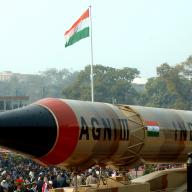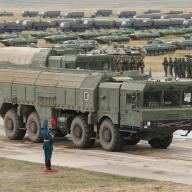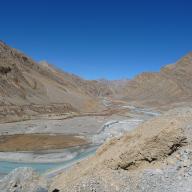In June 2020 Russia made its nuclear doctrine more transparent in terms of why, when and how it would use nuclear weapons. Without naming potential adversaries, Russia is now more explicit about the regional scenarios that could lead to nuclear warfare. It seems to have confirmed that its updated nuclear doctrine is less focused on East Asia, South Asia and the Middle East. At the same time, Russia continues to reserve the right to use nuclear weapons to end conventional military conflicts. This WritePeace blog explores what has changed in the new doctrine and what the changes signal.
Related commentary:
China’s detachment from the South Asian nuclear triangle
In contrast with coverage of the recent China–India border conflict, Chinese analysis of nuclear issues in South Asia has been decreasing. As pointed out by Indian, Chinese and US experts, neither China nor India has sought to insert nuclear dynamics into border tensions.



